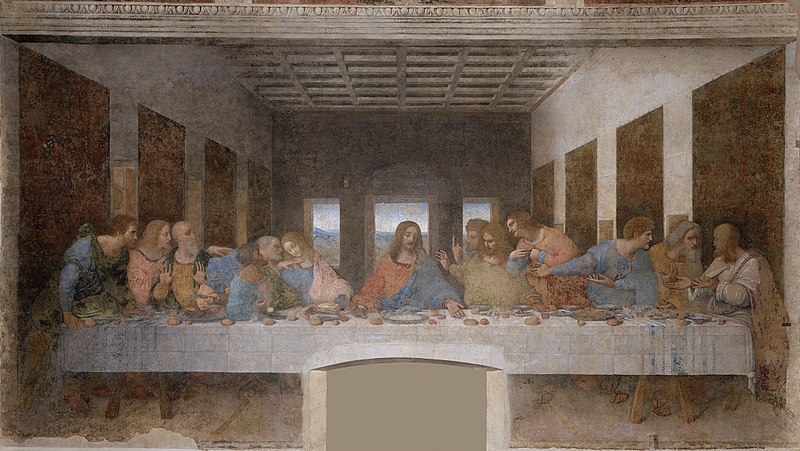The video presentation of "Changing Education Paradigms" was very interesting especially when it says that the current education system is based on the concept which was established in the 18th century. As it was discussed in the week 1 video presentation, the most important aspect of the education in modern world is considered to be the economic expansion, the economic expansion of the states and also individuals. For that purpose, all the university students are divided into schools in different levels and also divided into different majors. As professor Vesna mentioned in her lecture presentation, UCLA is divided into north campus where there are art and humanities buildings are located and south campus where science and math related buildings are located. All these concepts of the areas of education were established by people and after I viewed the presentation and read the materials, I am not so sure if dividing the areas of study benefits students or not. Not dividing the areas of study may give students freedom of thoughts and more creative thinking. While I was thinking about this, I remembered that my world history professor in college told us that Leonardo Da Vinci, one of the world best painters from the 15-16th century was also a great scientist as well.

He left many famous art pieces such as Mona Lisa, and The Last Supper.


Da Vinci was described that he had one of the best scientific minds of his time.
To create such high quality art pieces, I believe that scientific knowledge was a necessity.
Bohm says that creativity is something impossible to describe in words and I agree with him. Creativity is something that flows out from each individual and no one in the world feels exactly the same about something. I believe that, for Leonard Da Vinci, his creativity was freely going back and forth between artistic mind and scientific mind.
My major is Asian Humanities and I have all my classes at North Campus. After this week's lecture, I started feeling like visiting South Campus and see if I notice something different from North Campus.
My major is Asian Humanities and I have all my classes at North Campus. After this week's lecture, I started feeling like visiting South Campus and see if I notice something different from North Campus.
"Leonardo
Da Vinci." Wikipedia. Wikimedia Foundation, n.d. Web. 02 Apr. 2015.
<http://en.wikipedia.org/wiki/Leonardo_da_Vinci>.
"Mona
Lisa." Wikipedia. Wikimedia Foundation, n.d. Web. 02 Apr. 2015.
<http://en.wikipedia.org/wiki/Mona_Lisa>.
"The Last Supper (Leonardo Da Vinci)." Wikipedia.
Wikimedia Foundation, n.d. Web. 02 Apr. 2015.
<http://en.wikipedia.org/wiki/The_Last_Supper_(Leonardo_da_Vinci)>.
"Leonardo Da Vinci." Leonardo Da Vinci. N.p., n.d. Web. 02
Apr. 2015. <http://www.ucmp.berkeley.edu/history/vinci.html>.
Bohm, D. "On Creativity." Leonardo 1.2(1968): 137-49.Web
Bohm, D. "On Creativity." Leonardo 1.2(1968): 137-49.Web
Hi Akiko, I strongly believe that educational institutions should not create a firm divide between areas of study. Many UCLA students think of the divide between North and South Campus as a significant one. I come for a high school in India where there was literally a science section and a humanities section and there was minimal academic interaction between the two sections as all the subjects (even the common ones) were taught in different classrooms by different teachers. I definitely think that the absence of such a rigid academic structure would have fostered a greater freedom of thought and more creative thinking.
ReplyDelete- Veer Bhartiya